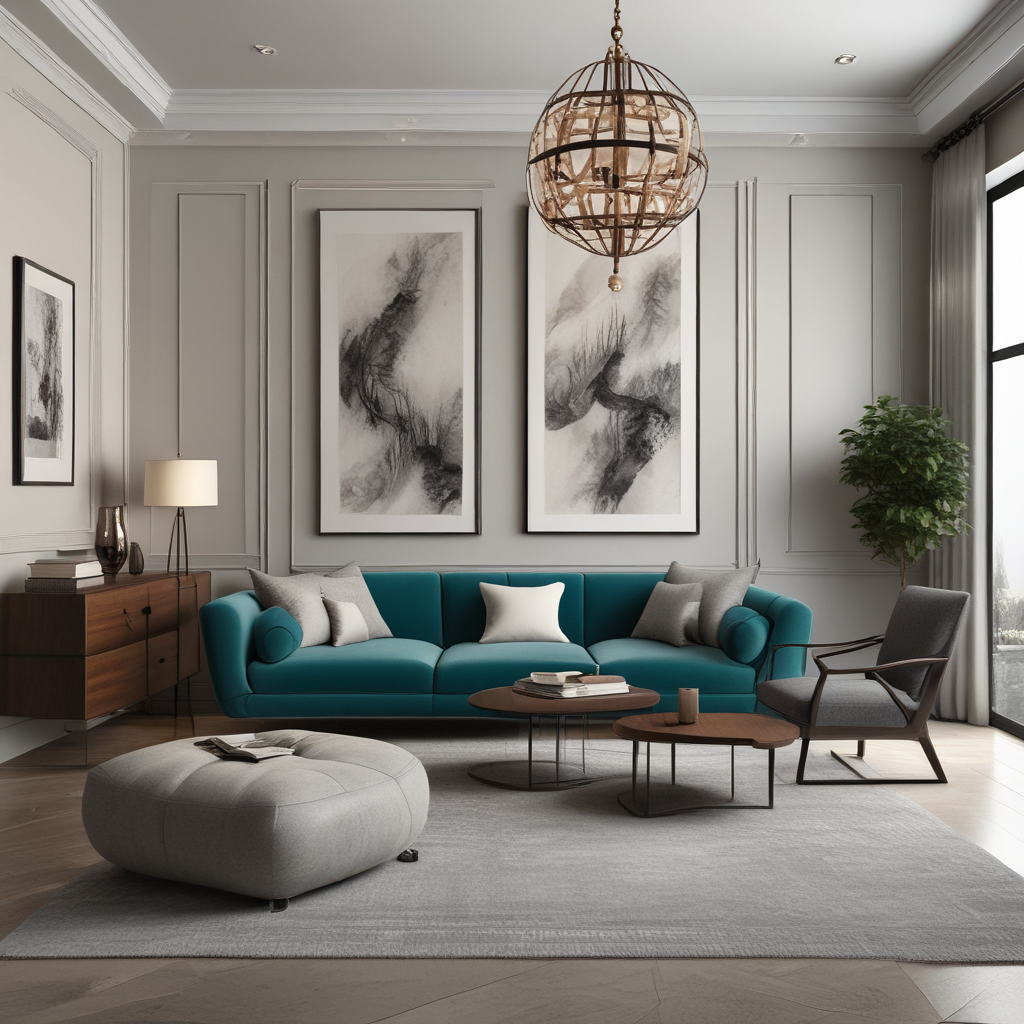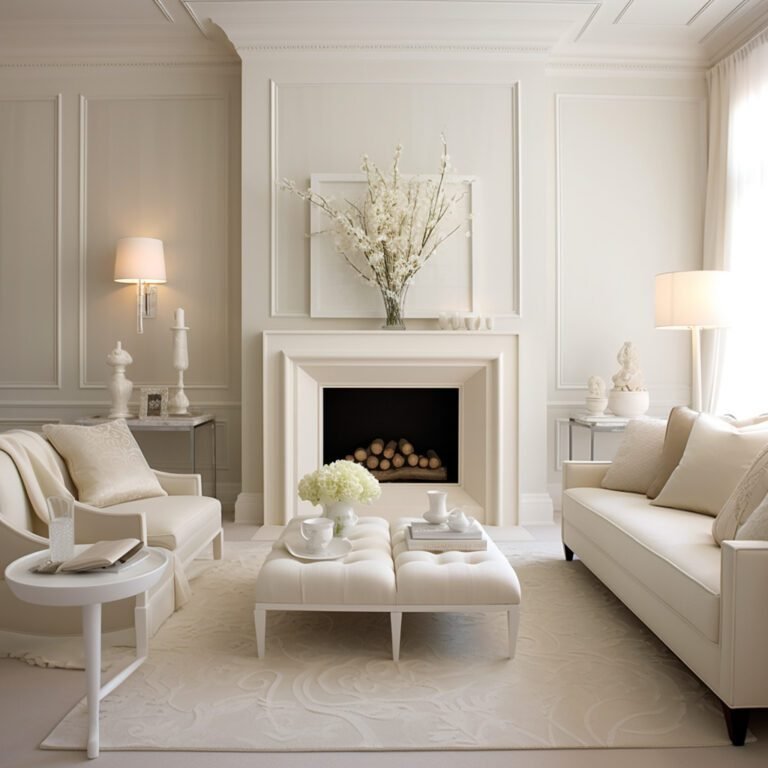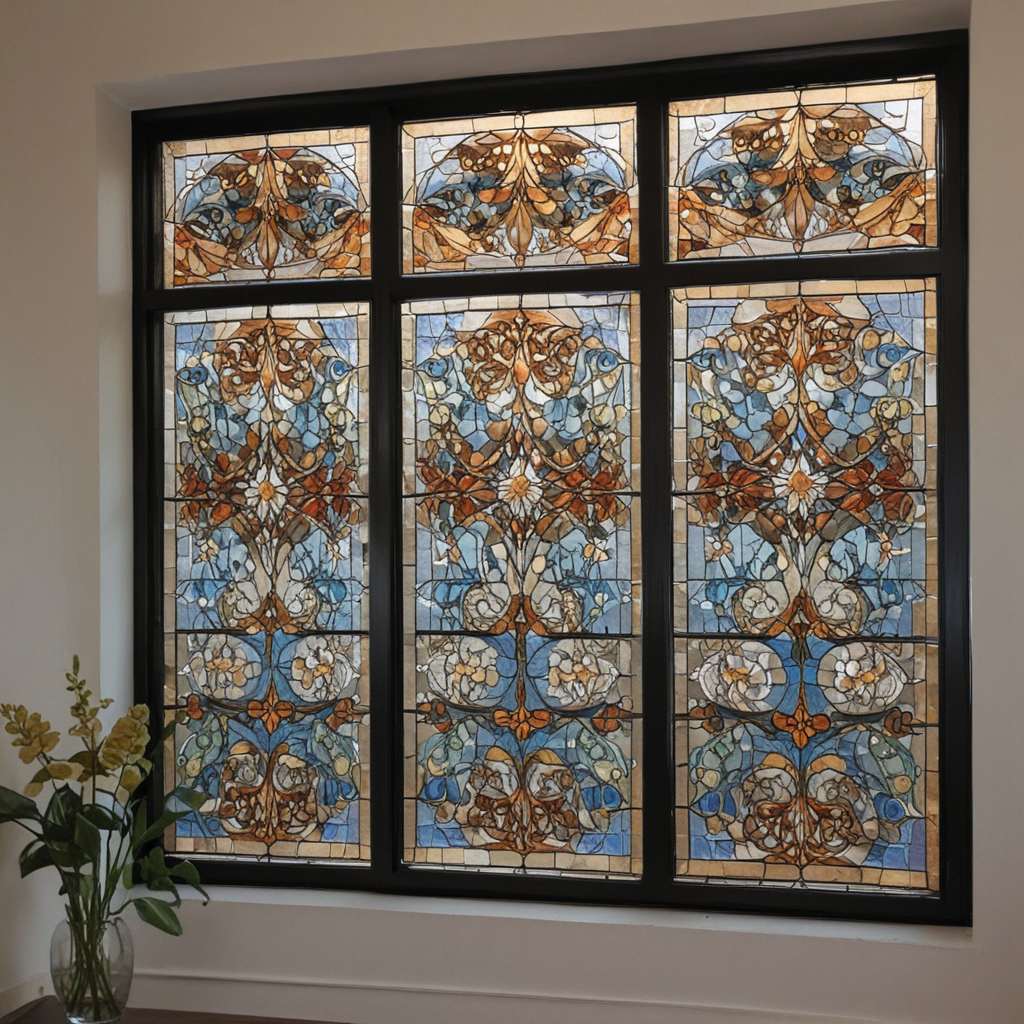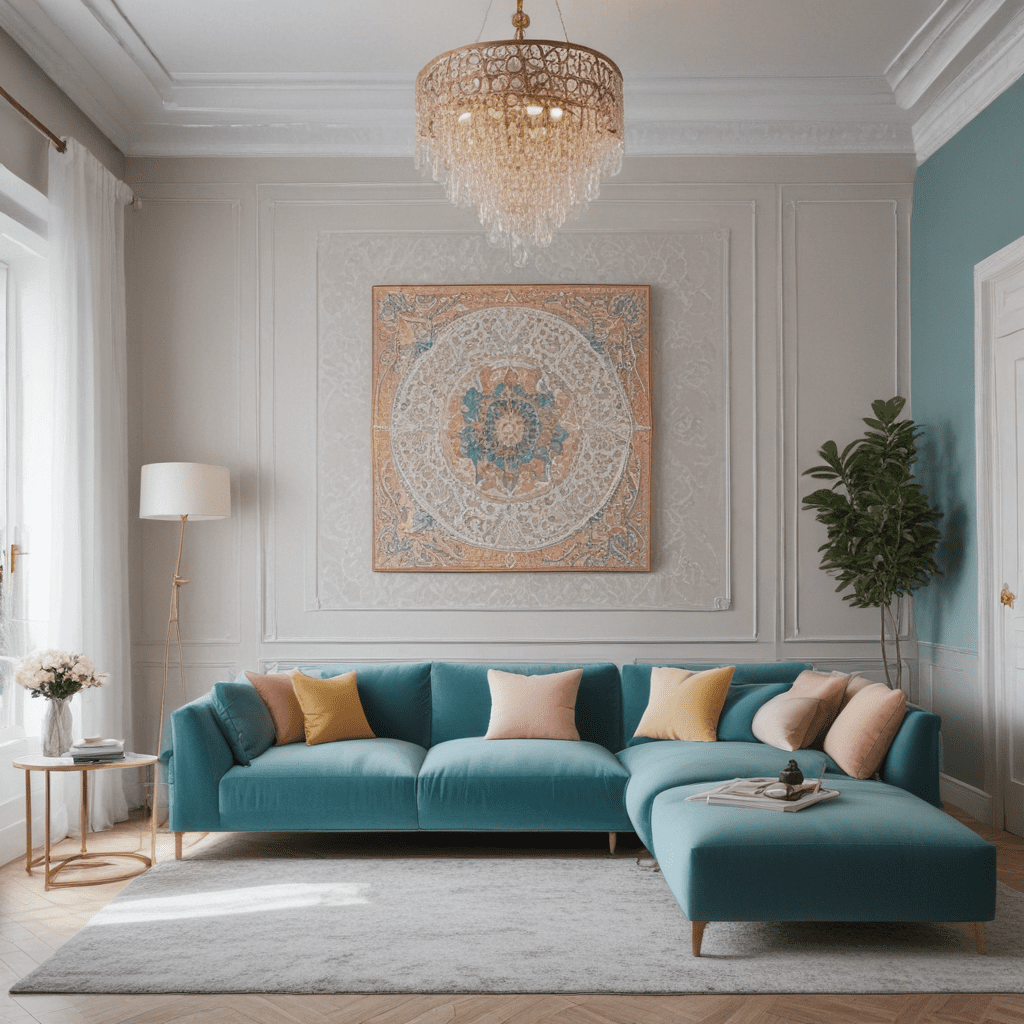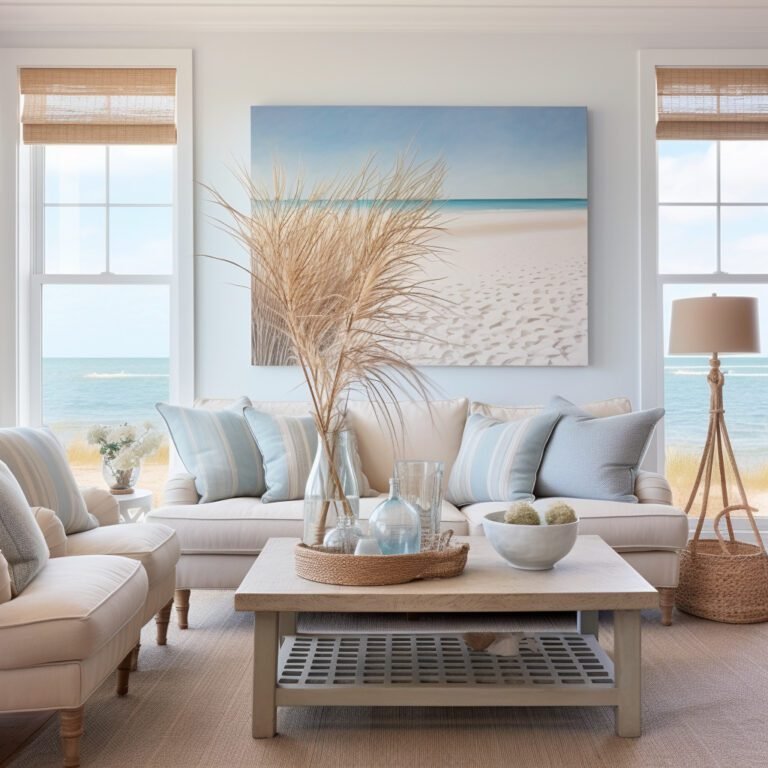Sustainable Interior Choices: How to Create a Greener Home
Introduction
In today’s world, where sustainability has become a pressing concern, it’s crucial to consider our environmental impact in every aspect of our lives, including our living spaces. Interior design plays a significant role in creating a comfortable and aesthetically pleasing home, but it doesn’t have to come at the cost of the planet. By making sustainable interior choices, we can reduce our carbon footprint while still achieving a beautiful and functional space. In this blog post, we will explore key elements of interior design, offer tips for choosing sustainable furniture, discuss incorporating art and decor, and share some additional insights for creating a greener home.
Key Elements
To create a well-designed and sustainable space, it’s essential to consider various key elements. Let’s take a look at some of the most important ones:
Color Palettes
Choosing the right color palette can significantly impact the overall atmosphere of a room. Opting for neutral tones and earthy shades not only creates a calm and cozy ambiance but also reduces the need for frequent repainting. Using low VOC (volatile organic compound) or natural paint is another sustainable choice as it minimizes air pollution and promotes better indoor air quality.
Furniture Arrangement
Proper furniture arrangement not only enhances the functionality of a room but also improves energy efficiency. Consider placing furniture near windows to maximize natural light and reduce the need for artificial lighting during the day. Additionally, arranging furniture strategically can improve airflow and reduce the dependence on heating and cooling systems.
Lighting
Good lighting can transform a space and make it feel warm and inviting. Opt for energy-efficient LED bulbs that consume less electricity and last longer. Additionally, make the most of natural light by choosing window treatments that allow sunlight to flood the room without compromising privacy.
Accessories and Decor
When it comes to accessories and decor, choose sustainable materials such as bamboo, reclaimed wood, or recycled glass. Embrace minimalism and select pieces that serve a purpose while adding visual interest to the space. Consider purchasing from local artisans or investing in second-hand items to reduce waste and support the circular economy.
Tips for Choosing Sustainable Furniture
Selecting the right furniture pieces is crucial for creating a sustainable home. Here are a few tips to keep in mind:
Choose Eco-Friendly Materials: Look for furniture made from sustainable materials such as FSC (Forest Stewardship Council) certified wood, recycled plastic, or natural fibers like organic cotton or hemp. Avoid furniture made from toxic or non-recyclable materials.
Consider Multi-Functional Pieces: Opt for furniture that serves multiple purposes. For example, a sofa bed can be used for seating during the day and as a bed for guests at night. This helps minimize the need for additional furniture and saves space.
Check for Certifications: Look for furniture that has been certified by reputable organizations such as B Corp, Cradle to Cradle, or GREENGUARD. These certifications ensure that the product meets specific sustainability criteria.
Buy Second-Hand or Upcycle: Consider purchasing pre-loved furniture or upcycling existing pieces to give them a new lease on life. This not only reduces waste but also adds character and uniqueness to your home.
Incorporating Art and Decor
Art and decor play a vital role in personalizing and enhancing the ambiance of a space. Here are a few ideas for incorporating sustainable art and decor:
Choose Local and Ethical Artwork: Support local artists and choose artwork that aligns with your values. Look for pieces created using sustainable materials or techniques, such as paintings made with natural pigments or sculptures crafted from recycled materials.
DIY Upcycled Decor: Get creative and make your own decor using upcycled materials. Repurpose old jars into stunning vases or create a gallery wall using reclaimed frames. Not only is this a sustainable choice, but it also adds a personal touch to your home.
Sustainable Textiles: When it comes to textiles, opt for organic cotton, hemp, or linen. Look for rugs, cushions, and curtains made from these sustainable materials. Alternatively, consider using vintage or second-hand textiles to add a unique touch to your space.
Notes/Tips
Consider renting furniture or participating in furniture-sharing platforms. This allows you to enjoy quality furniture without the long-term commitment and reduces the demand for new products.
Incorporate plants into your interior design. Not only do they add a touch of nature and beauty to the space, but they also improve indoor air quality.
Embrace minimalism and declutter regularly. By owning fewer items, you not only create a more visually pleasing space but also reduce your environmental impact.
When shopping for furniture or decor, research the company’s sustainability practices and their commitment to ethical sourcing and manufacturing. This ensures that your purchases align with your values.
By incorporating these sustainable interior design choices into your home, you can create a space that reflects your style while minimizing your environmental impact. Remember, even small changes can make a significant difference in creating a greener future. Let’s design spaces that are not only beautiful but also sustainable.
